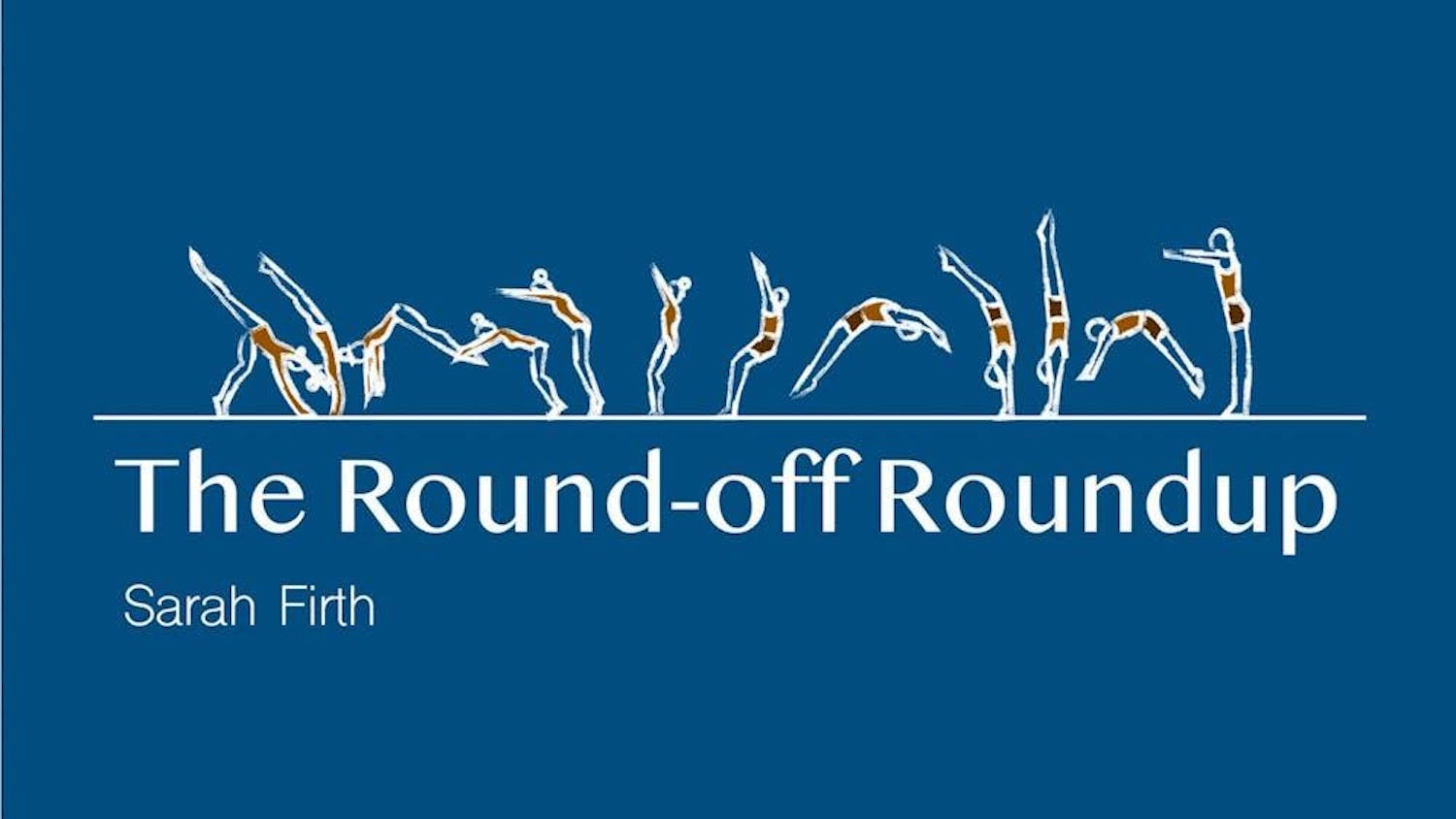On March 27, the Rapid City Area Schools district in South Dakota received a letter from the Trump administration’s Office of Civil Rights. Having concluded a 14-year investigation into school-based racial discrimination about a year ago, the district had finally agreed to provide equitable access to education for Indigenous students, who had disproportionately high disciplinary rates compared to their white peers. A civil rights agreement was settled, and an action plan was implemented to combat Indigenous discrimination. Now, President Donald Trump has nullified this agreement due to “DEI,” and the district is no longer obliged to treat students equitably.
The discrimination against Indigenous students in Rapid City Area Schools is not unique. Within the district, they were nearly five times more likely to be suspended than their white counterparts. Nationally, while only 12% of white middle and high schoolers reported being suspended, Indigenous students had a rate of 21%, which is 75% greater. The high school in Rapid City where Indigenous students made up approximately 20% of the enrollment only offered four AP-level courses, while the school where less than 4% of students were Indigenous offered 10. On the national level, 48% of Indigenous students went to schools that offered less than five AP classes — a percentage significantly higher than that of any other minority racial group.
What about in higher education? Well, using Tufts as an example, Indigenous students are highly underrepresented. The Tufts Office of Institutional Research reports that in the fall 2024 semester, only three of the 7,046 enrolled undergraduate students identified as American Indian or Alaskan Native. That’s 0.04% of the Tufts student body, compared to the national makeup, where 1.3% of people identify as Indigenous. Of course, this number does not include students who are Indigenous alongside another race, which is a different data category. Even so, this representative disparity is daunting.
This inequality we see in Indigenous education comes directly from the history of residential schools. Through a system that repressed Indigenous culture, Indigenous students were inherently disadvantaged. Combined with horrific physical abuse and negligence, these residential schools became a form of “cultural genocide.” In Rapid City, the education of Indigenous students is steeped in the memory of the Rapid City Indian Boarding School, which was active until 1935.
The U.S. government was anything but blind to residential school abuses. Various federally commissioned reports in the 1900s illuminated the problem of Indigenous education. In the 1970s, multiple laws were signed to regulate Indigenous education, which fell far short of their promised interventions. After 20 years of so-called “reform,” the Indian Nations at Risk report found that public schools — which educate over 90% of all Indigenous children today — had failed to provide adequate education to Indigenous students and had undermined tribal rights to self-determination.
The state of Indigenous education today is a complicated mess of treaty obligations, wealth disparity and geographic isolation. But at its core, the U.S. education system seems to be designed for Indigenous failure. What the Education Department tried to implement in Rapid City before Trump’s intervention was a system to help make education equitable. Even though the federal mandates for Rapid City to do better have disappeared, acting Superintendent Cory Strasser of Rapid City Area Schools has stated his commitment to improving outcomes for all students. How much do I believe in him? Seeing as his predecessor was fired for racist comments about Indigenous students, not much.






